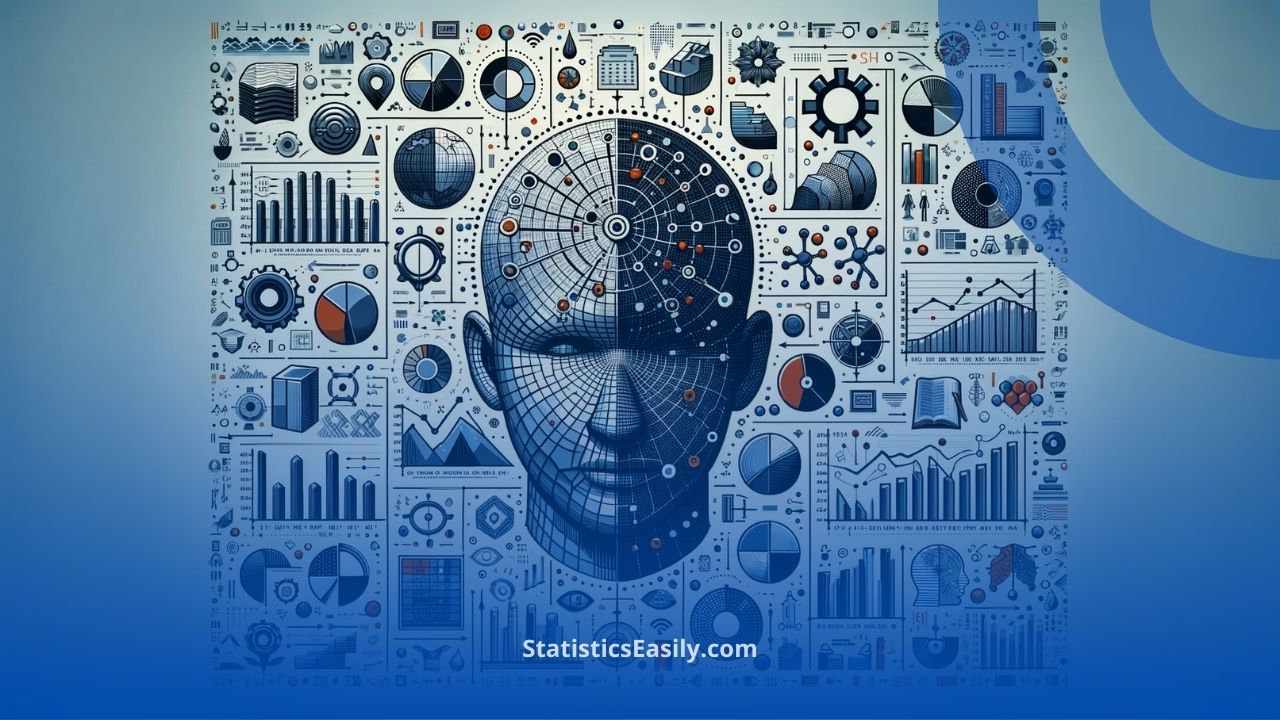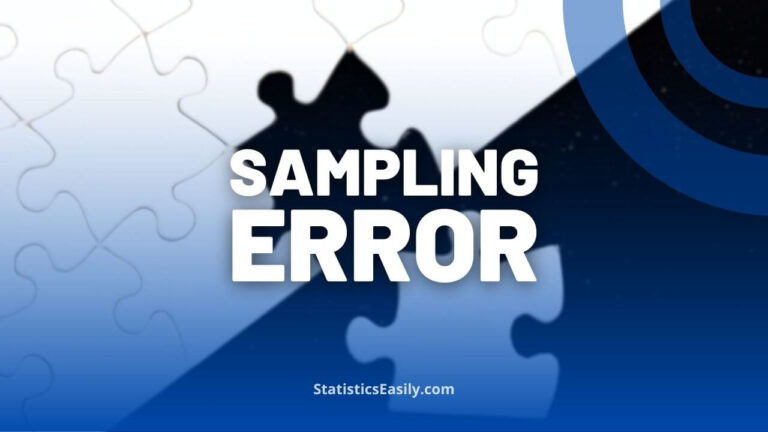Categorical Variable: A Comprehensive Guide for Data Scientists
You will learn the significance and methodologies of analyzing categorical variables in data science.
Introduction
In the evolving world of data science, the concept of categorical variables stands as a cornerstone, essential for accurate data interpretation and analysis. A categorical variable, often referred to in statistics and data analytics, can be sorted into distinct categories or groups. Unlike continuous variables, which can take on infinite values, categorical variables are characterized by a finite set of categories or different groups.
The importance of categorical variables in data science cannot be overstated. These variables are crucial in various data analysis scenarios, from basic descriptive statistics to advanced machine learning algorithms. They play a pivotal role in classification problems, where the objective is to predict a discrete class label, and in pattern recognition tasks, where identifying and categorizing patterns within data sets is crucial.
Furthermore, understanding and properly handling categorical variables is vital for ensuring the accuracy and effectiveness of statistical models and machine learning algorithms. Misinterpretation or incorrect handling of these variables can lead to flawed conclusions and predictions. Therefore, a comprehensive grasp of categorical variables is essential for any data scientist or analyst looking to make informed, data-driven decisions.
This guide aims to delve into the intricacies of categorical variables, offering insights into their nature, significance, and methodologies for analysis. By the end of this article, readers will have a solid understanding of categorical variables and their pivotal role in data science, equipping them with the knowledge to apply these concepts effectively in their data analysis tasks.
Highlights
- Categorical variables are pivotal in classification problems and pattern recognition.
- Effective encoding of categorical data can significantly improve model accuracy.
- The chi-square test is vital for analyzing relationships between categorical variables.
- Ordinal categorical variables differ from nominal ones in having a logical order.
- Machine learning models often require special handling of categorical variables.
Ad Title
Ad description. Lorem ipsum dolor sit amet, consectetur adipiscing elit.
What are Categorical Variables?
Categorical variables are a fundamental aspect of statistical analysis and data science, playing a significant role in categorizing and interpreting data. By definition, a categorical variable is a type of qualitative data that is grouped into distinct categories or classifications. These categories can be names, labels, or other non-numeric values that signify some qualitative property.
For example, consider a survey that asks respondents to indicate their favorite type of music. The responses — such as rock, jazz, classical, and pop — are categorical because they represent distinct groups without any inherent numerical value. Another example is a person’s blood type, which falls into different qualitative categories (A, B, AB, O).
Categorical variables are generally divided into two types: nominal and ordinal.
1. Nominal Variables: These are the simplest form of categorical data. Nominal variables represent discrete categories that do not have any inherent order. For instance, the colors of a rainbow (red, orange, yellow, green, blue, indigo, violet) are nominal, as there is no intrinsic ranking or order.
2. Ordinal Variables: Unlike nominal variables, ordinal variables imply a particular order. These categories are still discrete but follow a sequence or ranking. An example of ordinal data is the rating scale (poor, fair, good, very good, excellent). Each category has a clear order, with ‘excellent’ being higher than ‘good,’ and so on.
Understanding the type of categorical variable is crucial in data analysis as it dictates the statistical techniques that can be applied. For instance, ordinal data may allow for using median or mode as measures of central tendency. In contrast, nominal data would only be suitable for mode. This distinction is also crucial in machine learning and statistical modeling, as the treatment of these variables can affect the outcome and accuracy of models.
In conclusion, recognizing and correctly handling categorical variables is paramount in data science. This knowledge enables analysts to choose appropriate analytical methods and derive accurate and meaningful insights from their data.
Handling Categorical Variables in Data Analysis
Properly handling categorical variables is crucial in data analysis, particularly in statistics and machine learning. It involves understanding the nature of these variables and applying appropriate techniques to analyze them effectively.
Encoding Techniques
Encoding is one of the most critical aspects of preparing categorical data for analysis. Since most statistical models and machine learning algorithms are designed to work with numerical data, categorical variables must be converted into a numerical format. There are several encoding techniques available:
One-Hot Encoding: This method creates a new binary column for each level of the categorical variable. For example, suppose a variable has three categories (A, B, C). In that case, one-hot encoding will create three new columns, one for each category, with binary values (1 for presence, 0 for absence). However, to avoid multicollinearity, sometimes only two columns are used, where the third category is implicitly represented when both columns are 0.
Label Encoding: This technique assigns a unique integer to each variable category. While more straightforward, it can inadvertently introduce a numeric order or preference, which may not be desirable, especially for nominal variables.
Binary Encoding: This method combines label encoding and one-hot encoding. It converts the labels to binary code and splits them into separate columns.
Each of these techniques has its advantages and is suitable for different scenarios. The choice of encoding method depends on the specific requirements of the dataset and the model being used.
Common Pitfalls and How to Avoid Them
While handling categorical variables, analysts and data scientists might encounter several pitfalls. Here are some common ones and how to avoid them:
Overfitting with One-Hot Encoding: One-hot encoding can lead to many features, especially if the categorical variable has many categories. This can cause models to overfit. To avoid this, one can use dimensionality reduction techniques or regularization methods.
Assuming Ordinal Nature in Nominal Variables: Applying techniques suitable for ordinal data to nominal data can lead to incorrect conclusions. Understanding the nature of your categorical data before applying any encoding or analytical technique is essential.
Loss of Information in Label Encoding: Simply converting categories to numbers might lead to a loss of information. More sophisticated methods like binary or one-hot encoding can help preserve information.
Ignoring the Importance of Feature Scaling: After encoding, it’s crucial to scale the features, especially when using algorithms sensitive to feature scaling. This ensures that no variable dominates the model because of its scale.
In conclusion, handling categorical variables effectively is a vital skill for data analysts and scientists. The correct application of encoding techniques and the avoidance of common pitfalls play a significant role in the success of data analysis projects. This knowledge helps prepare data for analysis and ensures the accuracy and reliability of the insights derived from it.
Categorical Variables in Statistical Modeling
Categorical variables play a diverse role in different types of statistical models. Their usage varies based on the model’s nature and the analysis’s specific requirements.
In Regression Models: For regression models, particularly linear regression, categorical variables must be encoded to numerical values. One-hot encoding is commonly used, but care must be taken to avoid multicollinearity. In logistic regression, which is used for binary outcomes, categorical variables can be crucial predictors.
In Classification Models: In classification models, such as decision trees and support vector machines, categorical variables are used to split the data into distinct classes. These variables are especially significant in models where the outcome is a categorical class.
In Time-Series Analysis: Categorical variables in time-series analysis can help segment the data or act as part of the feature set to predict future trends.
In Cluster Analysis: They are used to group similar entities, and their proper handling can significantly affect the quality of the clusters formed.
Interpretation of Results
The interpretation of results in models involving categorical variables requires a clear understanding of the nature of these variables and the encoding techniques used.
Regression Coefficients: In regression models, categorical variables’ coefficients indicate each category’s impact on the dependent variable, keeping other factors constant. However, interpretation becomes complex with interactions between categorical and continuous variables.
Classification Outcomes: In classification, the role of categorical variables can be understood by analyzing how different categories affect the classification probabilities or decision boundaries.
Feature Importance: In machine learning models, understanding the importance or influence of categorical variables can be essential, especially in models where feature importance is explicit, like decision trees.
Statistical Significance: Testing for the statistical significance of categorical variables helps understand their contribution to the model. Techniques like ANOVA or Chi-square tests are commonly used for this purpose.
Model Metrics: Evaluation metrics such as accuracy, precision, recall, or AUC-ROC provide insights into the effectiveness of the categorical variables in the model.
In conclusion, categorical variables are crucial in statistical modeling across various models. Their appropriate handling and interpretation are key to deriving accurate and meaningful insights from statistical analyses and machine learning models. Understanding these aspects allows data scientists and analysts to make informed decisions and predictions based on their data.
Ad Title
Ad description. Lorem ipsum dolor sit amet, consectetur adipiscing elit.
Conclusion
Fundamental Role of Categorical Variables: Categorical variables are essential for accurate data interpretation and analysis in data science. They are characterized by a finite set of categories or groups, distinguishing them from continuous variables.
Types of Categorical Variables: The two main types are nominal and ordinal. Nominal variables represent discrete categories without inherent order, while ordinal variables imply a specific order or ranking.
Encoding Techniques: Proper categorical data encoding is crucial for most statistical models and machine learning algorithms. Techniques like One-Hot Encoding, Label Encoding, and Binary Encoding are instrumental in converting categorical data into a numerical format.
Common Pitfalls in Handling Categorical Data: Challenges include overfitting with One-Hot Encoding, incorrect assumptions about the ordinal nature of nominal variables, loss of information in Label Encoding, and ignoring feature scaling.
Applications in Statistical Modeling: Categorical variables are used diversely in regression models, classification models, time-series analysis, and cluster analysis. Their correct handling and interpretation are vital to deriving accurate insights.
Importance in Real-World Applications: The analysis of categorical variables influences decision-making in healthcare, marketing, finance, social sciences, and environmental studies.
A comprehensive understanding of categorical variables is vital for data scientists and analysts. This guide provides insights into their nature, significance, and methodologies for analysis, equipping readers with the knowledge to apply these concepts effectively in data analysis tasks.
Recommended Articles
Are you interested in more insights on data analysis? Dive into our other articles for in-depth knowledge of various statistical and data science topics.
- What Makes a Variable Qualitative or Quantitative?
- The Essential Guide to Variables in Data Analysis
- What is an Independent Variable in an Experiment?
Frequently Asked Questions (FAQs)
Q1: What Defines a Categorical Variable? A categorical variable is qualitative data that can be segmented into distinct categories or classifications. These categories represent qualitative attributes and are finite in number.
Q2: What are the Main Types of Categorical Variables? The two primary types are nominal and ordinal. Nominal variables categorize data without an inherent order (e.g., colors, blood types). In contrast, ordinal variables have an intrinsic order or ranking (e.g., satisfaction levels, class grades).
Q3: Why are Categorical Variables Crucial in Data Science? Categorical variables are essential for classification problems, pattern recognition, and providing nuanced insights in various analytical contexts, from descriptive statistics to advanced machine learning models.
Q4: How are Categorical Variables Analyzed? They are analyzed using statistical tests like Chi-square for relationship analysis and various encoding techniques (One-Hot, Label, Binary Encoding) for model fitting.
Q5: What is the Purpose of Encoding in Categorical Data Analysis? Encoding converts categorical data into a numerical format, making it compatible with statistical models and machine learning algorithms that primarily operate on numerical data.
Q6: Can Categorical Variables be Incorporated into Regression Models? Yes, categorical variables can be used in regression models once appropriately encoded. Their representation can significantly affect the model’s predictions and interpretations.
Q7: How Do Nominal and Ordinal Variables Differ? Nominal variables are categories without a logical order, while ordinal variables are categorized with a specific, logical sequence or ranking.
Q8: What are Common Errors in Handling Categorical Data? Frequent errors include incorrectly encoding data, which can misrepresent the variable’s nature, and neglecting multicollinearity issues, especially in One-Hot Encoding.
Q9: How Does Categorical Data Influence Machine Learning Models? Proper handling of categorical data is critical for the accuracy and performance of machine learning models. Incorrect handling can lead to misinterpretations and reduced model efficacy.
Q10: Are There Advanced Techniques for Analyzing Categorical Data? Yes, advanced techniques include interaction effects analysis, multilevel categorical analysis, and sophisticated encoding strategies to capture the complexity of data relationships better.








